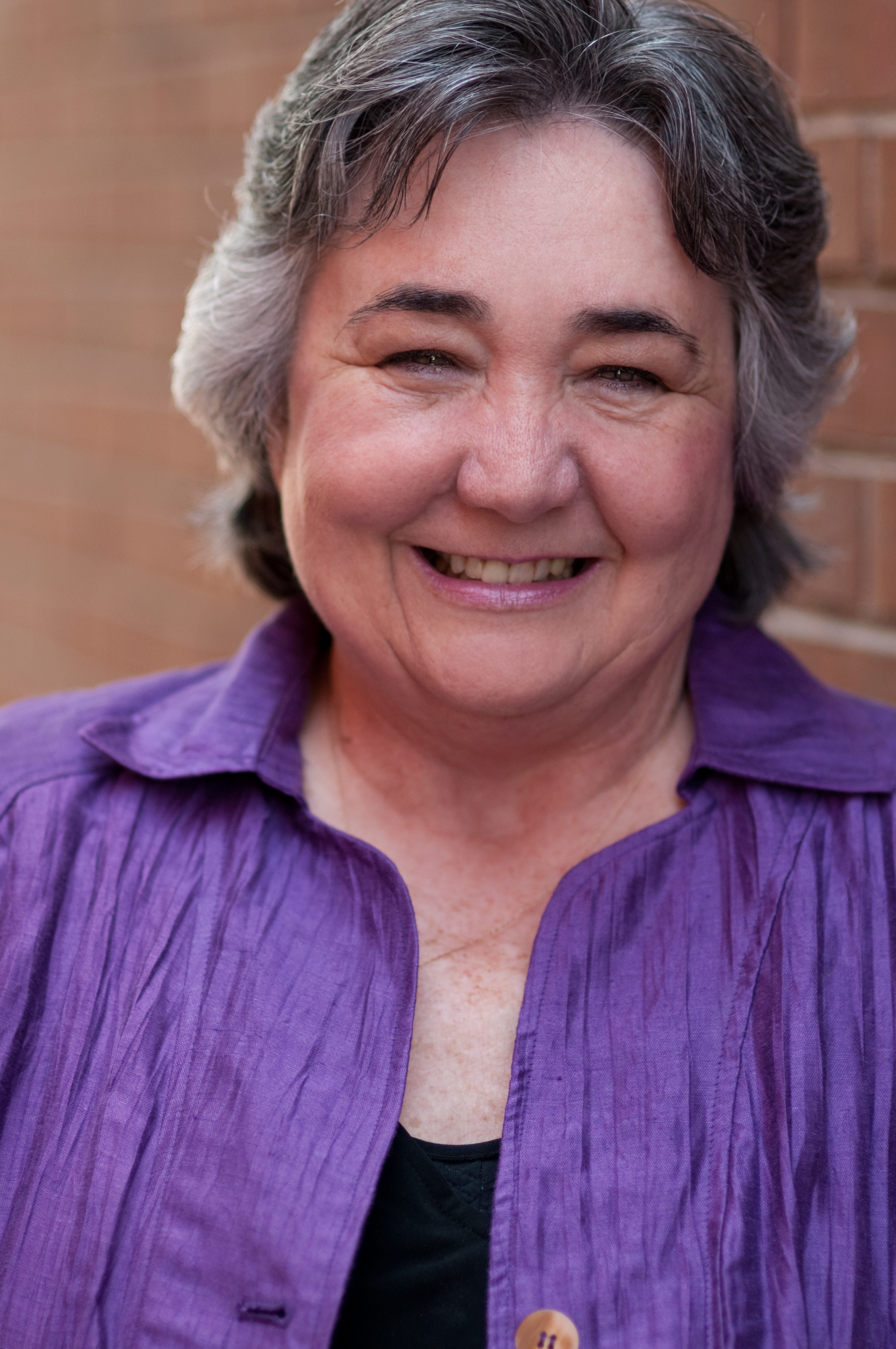In part 1, I defined ambivalence and shared a bit of how that looked in my young adult life. I ended the article by saying that “the resolution of a state of ambivalence is not necessarily a complicated process, but the journey through resolution will wind its way through a labyrinth of core beliefs, emotions, and discovery and exploration of our deepest longings and desires—the seeds of which were planted by our Father in heaven. It is a journey worth embarking upon, but best traveled with others who also want to know the truth about themselves and others. That’s what we do at WGA, create a space for people to walk this journey together as we grow.”
What are the elements that can get the ball rolling so to speak?
The first few steps to resolving a state of relational ambivalence are simple. Keep in mind that a complete guidebook for the ensuing journey would be worthy of a Master’s thesis. With that caveat, I present a few thoughts on getting started:
Recognize and accept that there is a problem.
Esther described her problem this way:
“I saw my life branching out before me like the green fig tree…. From the tip of every branch, like a fat purple fig, a wonderful future beckoned and winked. One fig was a husband and a happy home and children, and another fig was a famous poet and another fig was a brilliant professor, …., and beyond and above these figs were many more figs I couldn’t quite make out. I saw myself sitting in the crotch of this fig tree, starving to death, just because I couldn’t make up my mind which of the figs I would choose. I wanted each and every one of them, but choosing one meant losing all the rest, and, as I sat there, unable to decide, the figs began to wrinkle and go black, and, one by one, they plopped to the ground at my feet.”
― Sylvia Plath, The Bell Jar
We cannot move forward to resolve a problem until we have named it and accepted that it is a problem.
Ask, myself and God, “what is it that I really want?
Both sides of our “mutually exclusive” desires represent valid emotions, goals and desires. For me, on the one hand I wanted close friendships, and on the other hand I wanted to be free to pursue my dreams and goals. I discovered a couple of important things about myself through praying and paying attention to what I really wanted: as I approached connection with people, I feared losing my autonomy; and when I moved toward my hopes and dreams for a career, I feared losing my chance to have a happy marriage and family.
Thinking deeply, and talking with God and naming what we really want, stops the energy-consuming either/or, all/nothing syndrome, the pendulum effect. There are a multitude of such discoveries about ourselves—God can show us; we can think and pay attention and learn.
Acknowledge the reality that there are Necessary Losses in life, and you can’t have everything.
This step is a direct facing down of the fear—a fear of losing something—fear that keeps us forever not deciding. We must face that we can’t have everything—in fact, refusing to accept this leaves us in the tree with Esther, refusing to choose and watching all our options turn dark and fall down around us.
Take a risk; not an all-or-nothing move like we have done so many times before, but a little movement. . . small steps.
When I was first learning to let God into my life’s choices, the way this looked for me was to stop and wait, pay attention and gingerly take a step toward what God was revealing to me. I tentatively kept my heart open, invested more deeply in my relationships, especially with Him. It was fascinating to see how God provided for me—always feeding the need for connection with Him and with friends and family—and always affirming the hopes and dreams He had given me, opening doors in unexpected ways.
One example of how this worked out in my life, was when it occurred to me that working for a corporation wasn’t the only place I could develop professionally—taking that to God and paying attention to opportunities that came up, I was soon in business for myself, with flexible schedule, availability for kids’ school activities, and family time, and women’s retreat, and on and on. As is said so often these days, “Who knew?” Who knew that my need for connection and for autonomy weren’t really mutually exclusive, but just needed a different context for them both to develop.
Make a Commitment to Truth – no matter the cost.
Maybe this should have been said first, or better yet, said first and repeated often and finally finishing with it. There is nothing more important than deciding you are going to align yourself with Truth. I capitalize it on purpose. Jesus said, “I am the Way, the Truth, and the Life.” I believe that when we are searching for truth about anything, we are searching for God, Ultimate Reality, the Alpha and the Omega, the Beginning and the End. And as we commit to Him, commit to He who knows, loves and cares for us, He is also our Companion on the journey.
And in this blessed peaceful Relationship, a place to live and grow, there is no longer a need for hiding, we can grow up into Him, in fellowship with one another. There will be no more ambivalence, just a rhythm, a dance with our Creator and His Body of Christ.

Mary Heathman
Founding Director
Mary is one of the founders of Where Grace Abounds and served as Executive Director from its inception on July, 1986 through March 31st, 2007. She speaks and teaches at churches and conferences across the country. Mary has also served on several boards of non-profit organizations, is a conference speaker on a variety of topics that include: Intimacy with God, Healthy Sexuality, and leadership development. She currently serves in leadership in her denomination. Mary’s favorite ministry roles are discipleship counseling, group facilitation, and leadership development.
Mary often characterizes herself as “a seeker of Truth” and has a long-standing fascination with human behavior and motivation. Her education consists of lay and discipleship counseling, independent study about the integration of psychology and theology, counseling and human sexuality. She also holds a BS in Human Services and an MA in Psychology from Regis University.
Mary attends a Friends (Quaker) Church.
Make a Difference in Someone's Life
If you enjoy reading WGA’s blogs and would like to show your support, please consider making a donation. Where Grace Abounds is a 501(c)3 non-profit organization. The majority of services, including support groups and discipleship counseling, are provided free of charge. Your financial gifts help to cover the costs associated with offering a free program to those who seek WGA’s services.

